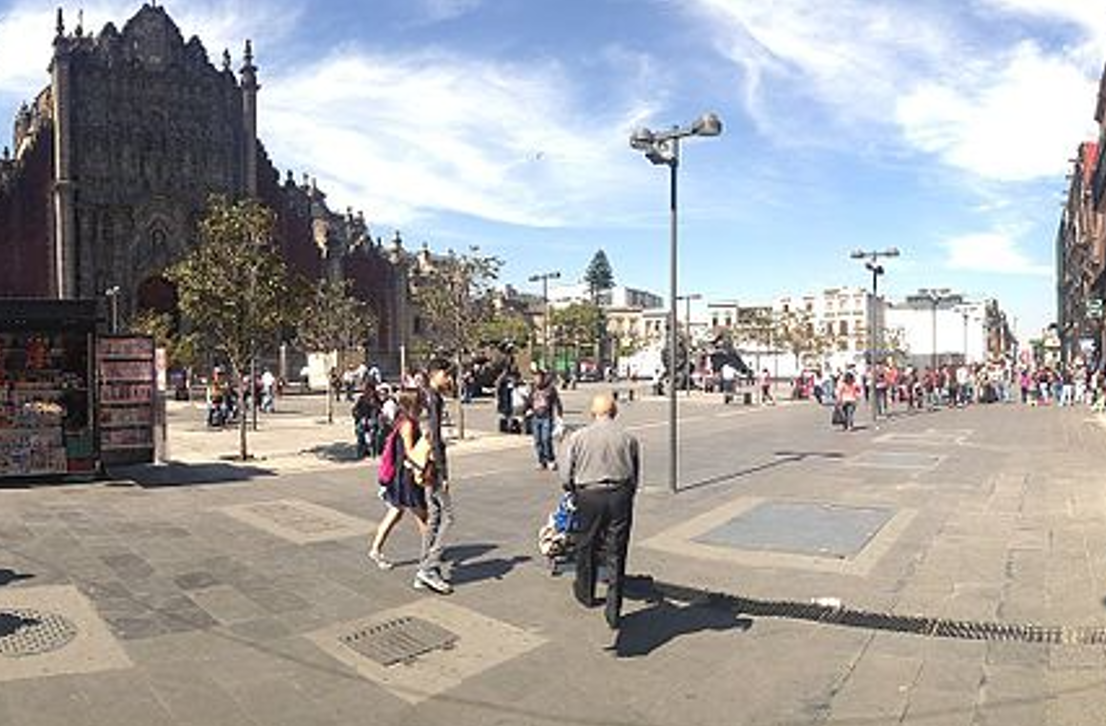

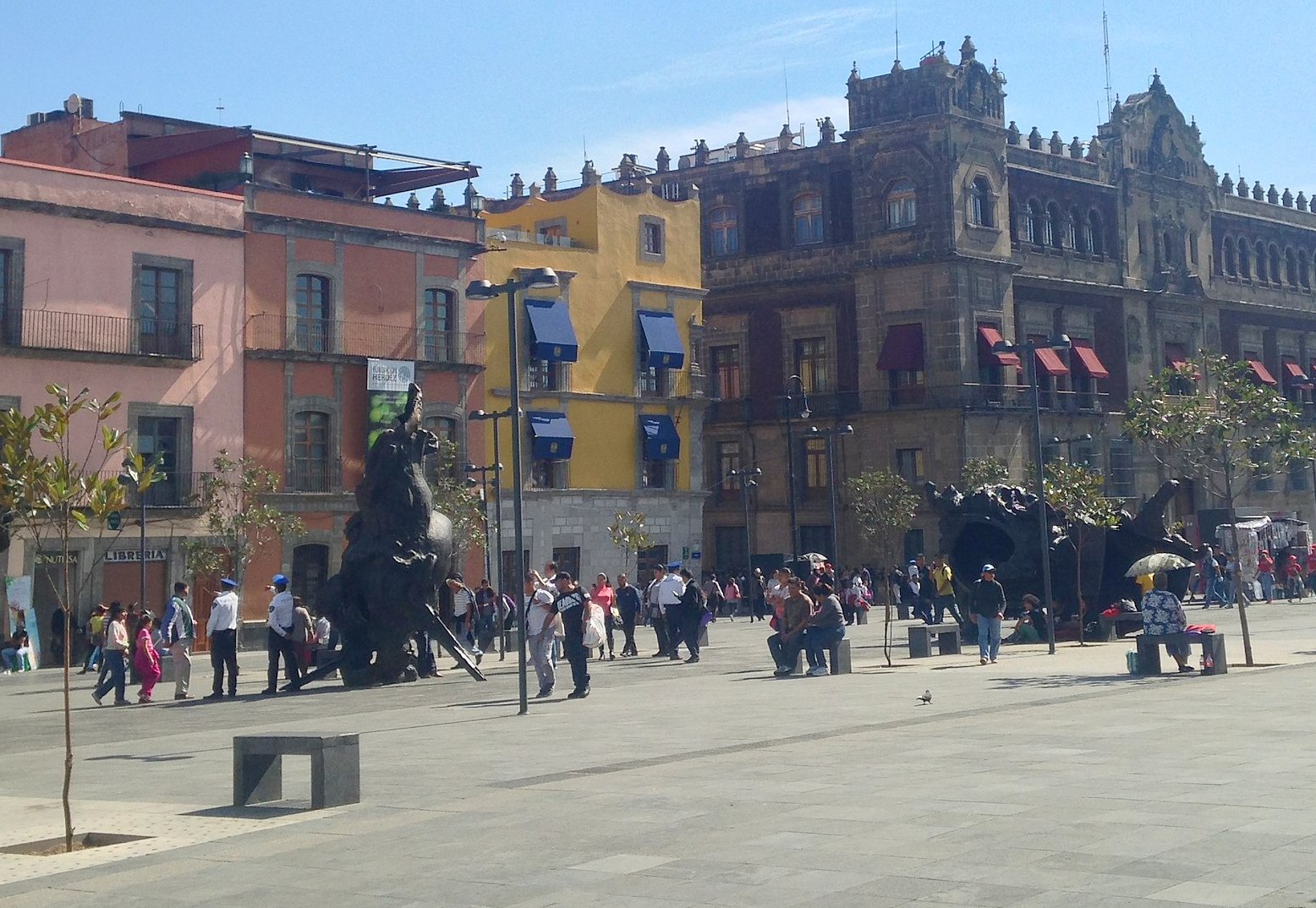
The Plaza del Seminario is the eastern counterpart to the Plaza Menor or Plazuela del Marqués on the westside of the Cathedral. It’s sometimes called the Plaza del Templo Mayor, as it serves as the entrance plaza to the museum. But more commonly, and more officially, it’s known as the Plaza Manuel Gamio for one of the archaeologists most instrumental to the opening of the museum.
The plaza is historically remembered for having been near to where the city’s first layout was planned by Alonso García Bravo in the 1520s. The Royal and Pontifical University was also established here already in 1551. Today, it’s the UNAM Museo Hoy. The plaza still most commonly bears the name of the 1689 Seminario Conciliar de San Pablo. This was ordered demolished in 1861, but not fully eradicated until 1928 when it was replaced by a hotel and later a pharmacy, both still bearing the Seminario name. The street along the plaza’s eastern edge is still called Seminario to this day.
When the archaeological zone took shape in 1978, the Plaza del Seminario settled into the shape we see and experience today. It was here that Manuel Gamio first revealed one corner of the ancient Templo Mayor in 1913. It was previously believed to be directly underneath the cathedral. Over the course of the 20th century, the contour of the plaza would change numerous times.
The Plaza Manuel Gamio was completed in the late 1970s with the addition of the fountain. This includes a scale model of ancient Mexico-Tenochtitlan. But today, international visitors experience it as a plaza vibrant with the calls of traditional dancers, themselves recalling part of the Indigenismo movement championed by Manuel Gamio.
Central Tenochtitlan was inhabited by priests and the ruling classes. The temple dedicated to Tezcatlipoca was adjoined by buildings used by the priests dedicated to sect. With the fall of Tenochtitlan, this temple was destroyed, but a living area was reused as a house by the Spanish soldier, Pedro González Trujillo. Later, several structures were built on the same site. In 2013, the vestiges of the living quarters were recovered. The Royal and Pontifical University of Mexico occupied much of the same site, and later, a cantina "El Nivel" operated here under license number 1.
Heart of Mexico Walking Route: Ancient Route
< < Metropolitan Cathedral | Templo Mayor > >
Proyecto “Corredor de Cultura Digital”.
Nombre de la investigación: Investigación Centro Histórico, Monumentos, Edificios y Puntos de Interés (2023)
Dirección de investigación y diseño de Rutas: Acércate al Centro A.C. Guadalupe Gómez Collada
Coordinación e investigación histórica: Fideicomiso del Centro histórico Dir. Maestra Loredana Montes
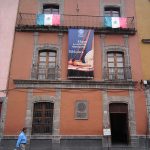
Nearest at 0.03 kms.

Nearest at 0.07 kms.
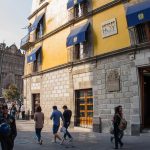
Nearest at 0.08 kms.
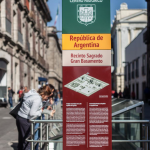
Two windows along Argentina Street offer glimpses into the City's ancient past . . .

One of the Templo Mayor complex's most compelling secrets is slowly revealed . . .

One of the most important sites in the city, even today, don't miss the chance to visit the Templo Mayor.

The first Cathedral to have been built in the Americas.
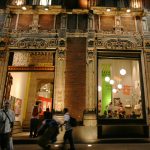
One of Mexico City's leading cultural and artistic institutions just keeps growing more fascinating.